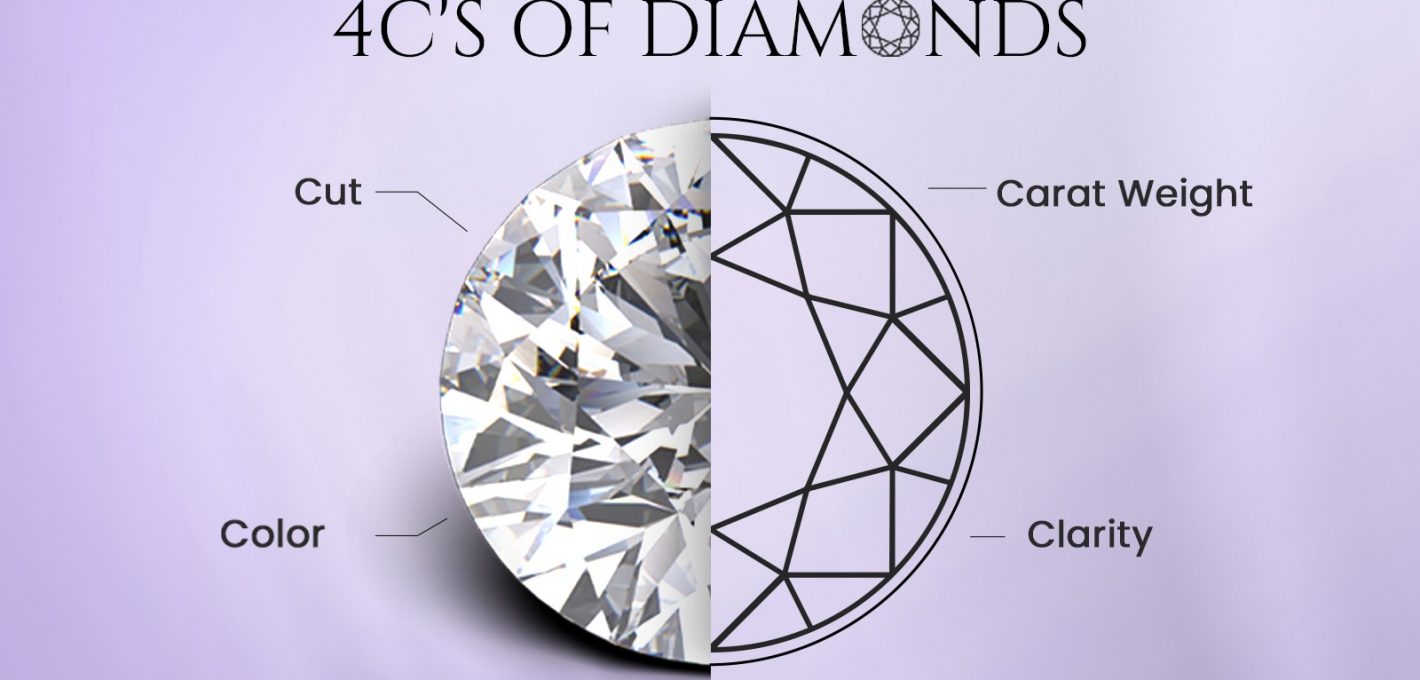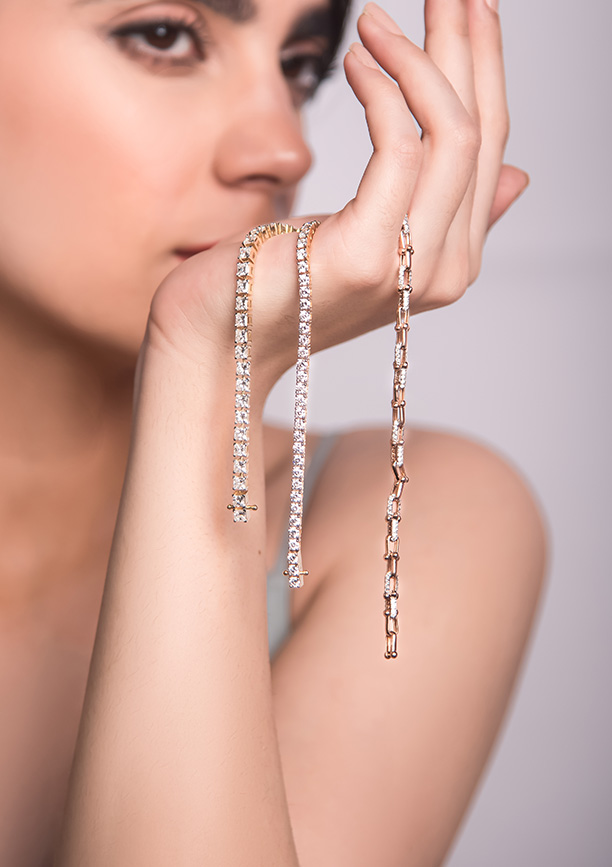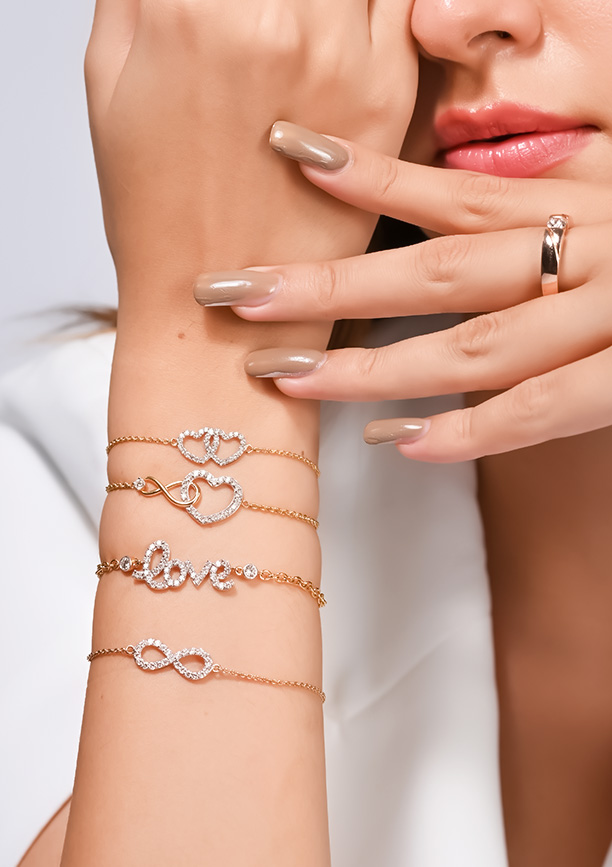Before the 1940s, evaluating the quality of diamonds was a confusing and subjective process. Traders and jewelers used terms like “river” or “Cape” to describe color and “made well” or “made poorly” for cut. Consequently, customers had little to no understanding of what they were buying. Understanding the 4Cs can help you make an informed decision when buying a diamond, and ensure that you get the best value for your money.
Thankfully, GIA founder Robert M. Shipley changed all that by introducing the concept of 4Cs: color, clarity, cut, and carat weight. It was indeed a revolutionary concept that gave everyone a universal language for assessing diamond quality. Later on, Shipley’s successor, Richard T. Liddicoat, further improved the system by developing the GIA D-to-Z Color Scale and Clarity Scale, which established objective grading methods. With these scales, diamond quality could be communicated in a standardized way, giving customers confidence in their purchases.
Carat Weight
Carat weight is the most familiar C factor in determining a diamond’s value. It’s like the Beyonce of the 4 Cs, always in the spotlight. The carat weight of a diamond refers to the weight of the diamond, with one carat equaling 0.2 grams. While it’s true that a diamond’s value tends to increase with its size, it’s important not to rely solely on this factor when making a decision. Keep in mind that two diamonds of equal weight may have distinct shapes and sizes, so other Cs should also be considered.
Cut
The cut of a diamond, which encompasses its proportions, symmetry, and polish, is the second “C” that is always significant in creating an impression. A well-cut diamond will have optimal proportions that maximize the amount of light that enters and reflects back out of the diamond. This results in a diamond that is more brilliant and sparkly. And let’s be real, who doesn’t want a diamond that sparkles like Edward Cullen in the sunlight?
To explore more about diamond cuts, check out Unique Diamond Cuts You Must Know
Color
Diamonds are graded based on their color, with the scale ranging from D (colorless) to Z (yellow). The absence of color is considered the most valuable trait in a diamond, as it allows for optimal light reflection and refraction, resulting in a beautiful sparkle. As the color grade decreases, the tint of yellow becomes more visible, thereby decreasing the diamond’s value. Color grading is done under controlled lighting conditions using a set of master stones for comparison.
Clarity
The fourth C of diamonds is Clarity. It relates to the presence of imperfections, namely inclusions (internal flaws like crystals) and blemishes (external defects like scratches). The clarity of a diamond is assessed on a scale, ranging from Flawless (no imperfections visible under 10x magnification) to Included (imperfections visible to the naked eye). The higher the clarity grade, greater is the diamond quality. But don’t stress too much about this one. Remember, diamonds are like people, imperfections make them unique and beautiful.
Engagement Rings and the 4 Cs
Now that you know the 4 Cs of diamonds, it’s time to talk about engagement rings. Engagement rings are a symbol of love and commitment that will be worn every day for the rest of your life. So, it’s important to choose a diamond that is not only beautiful but also high-quality and durable.
When evaluating the 4 Cs, consider your budget and priorities. Sacrifice a little on color or clarity if size matters most. However, if you prioritize sparkle and brilliance, a well-cut diamond may be worth splurging on, even if it means getting a slightly smaller diamond. Ultimately, it’s your choice and there’s no right or wrong answer.
Also remember, the setting of the engagement ring can affect the appearance of the diamond. A simple solitaire setting can showcase the diamond’s beauty, while a more elaborate setting can detract from it. So, make sure you choose a setting that complements your diamond and your personal style.
The 4 Cs of diamonds are important, but they’re not the only factors to consider when buying an engagement ring. You should also consider the shape of the diamond, the type of metal used for the setting, and the overall design of the ring. And most importantly, make sure you choose a diamond and a ring that you love and will make you happy every time you look at it.
Final Thoughts
Whether you’re looking for an engagement ring, a special gift, or just something sparkly to treat yourself, the 4 Cs can help you find the perfect diamond. With the 4 Cs as your guide, you’ll be able to navigate the diamond world with confidence and find the diamond of your dreams. Explore the wide range of authentic lab-grown diamond jewellery at JEWELBOX to test out your new-found knowledge and shop beautiful diamonds. Happy diamond shopping!








